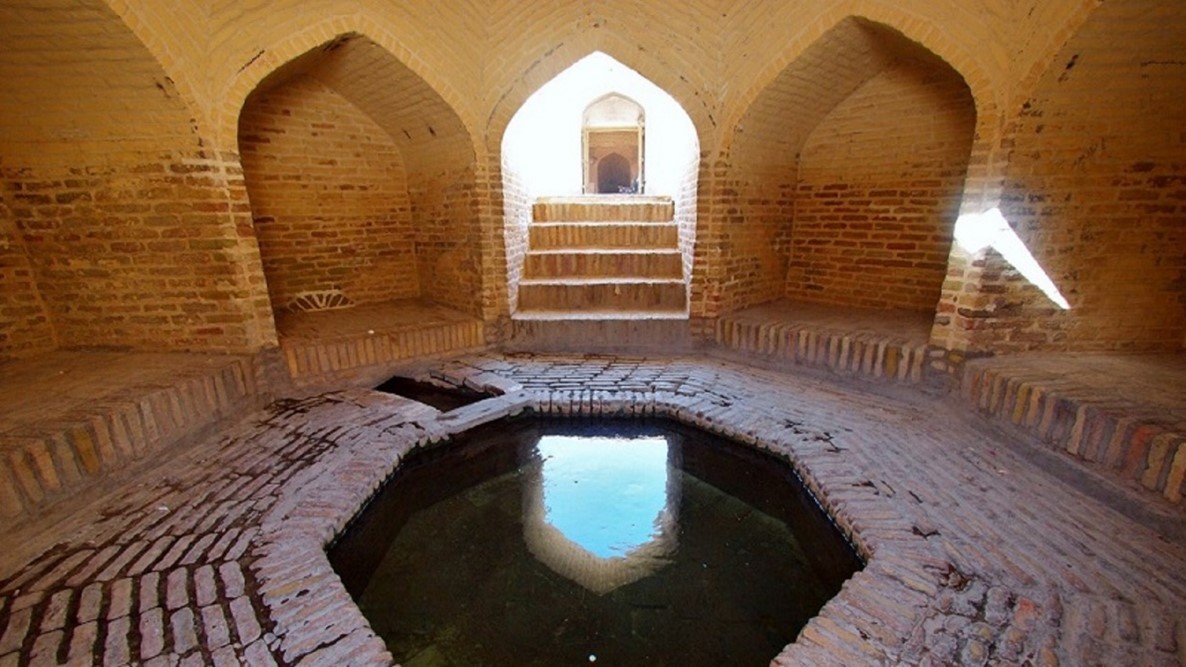Yazd's water and sewage system has its roots in ancient Persia. The city's strategic location along the Silk Road made it a crucial oasis for weary travellers, necessitating the development of an efficient water management system. The city’s founders ingeniously devised a way to channel water from the nearby mountains into the city using an elaborate network of underground canals, known as qanats. These qanats not only transported water but also helped to cool the city during scorching summers by tapping into underground water sources and directing the water flow towards the city. They were built with precise inclinations to maintain a consistent downward slope, ensuring a continuous supply of water.
One of the defining features of Yazd's architecture is the windcatchers, or badgirs. These tall, tower-like structures captured the slightest breeze and directed it down into the buildings. In combination with the qanat system, the windcatchers played a vital role in cooling the city, minimizing water consumption for temperature control.

Another remarkable feature of Yazd's water system is the ab-anbars, or underground water reservoirs. These large, domed structures were used to store and preserve water, preventing evaporation and contamination. This allowed the people of Yazd to withstand long periods of drought by efficiently managing their water resources.

The historical system in Yazd also included a sophisticated sewage management system. The city's underground channels facilitated the disposal of waste, carrying it away from the populated areas to prevent contamination and maintain public hygiene.
Yazd's historical water and sewage system holds invaluable lessons for our modern world, facing challenges of water scarcity, urban planning, and sustainable development. The qanat system demonstrates the importance of harnessing natural resources effectively. By leveraging the underground water sources, Yazd ensured a reliable water supply without depleting surface-level reserves. Today, as water scarcity becomes a global concern, this ancient system reminds us of the significance of sustainable water management practices.
The windcatchers of Yazd exemplify the integration of architectural design with environmental conditions. These passive cooling mechanisms offer inspiration for eco-friendly building practices in arid regions. Incorporating traditional elements, such as windcatchers, can significantly reduce energy consumption and promote climate-conscious design.
Yazd's water and sewage system reminds us of the untapped wisdom that lies within our collective history. As we navigate the challenges of sustainability, it is essential to turn our gaze towards the past, where ancient civilizations often found ingenious solutions in harmony with their surroundings. By studying and drawing inspiration from these time-tested practices, we can foster a deeper connection with our environment, develop sustainable solutions, and create a more resilient future.
If you ever happen to be in Yazd, you can visit the Yazd Water Museum to learn more! Also if you want to have a further glimpse at the water and cooling systems in Yazd click here.

